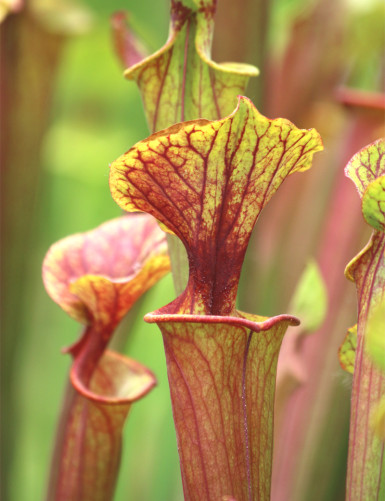

Saracenia excellens x (minor x leucophylla)
Very beautiful Sarracenia , Sarracenia excellens erects numerous urns during the summer period and perfectly combines the shape of the hat of Sarracenia minor with the touch of white of Sarracenia leucophylla .
From October to April (rest period) , the foliage of the plant partially disappears. The Sarracenia excellens x (minor x leucophylla) is then delivered in the form of a rhizome still rooted in a pot and ready to start again in spring.
 Secure payment
Secure payment
PayPal, Bank card, SystemPay Savings Bank, Check, Bank transfer
 Packaging and packing
Packaging and packing
22 years of experience in packaging our plants. 100% recycled or reused.













